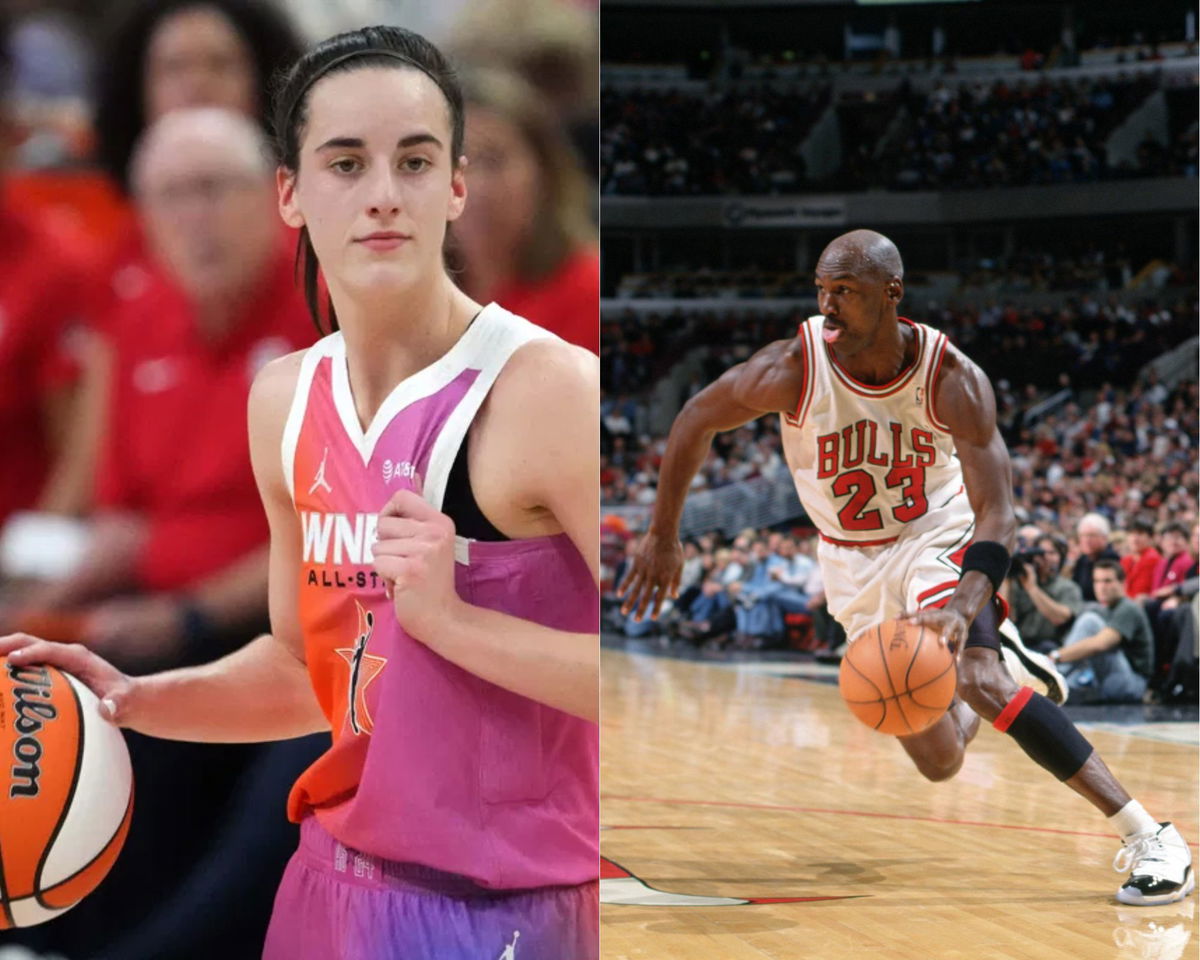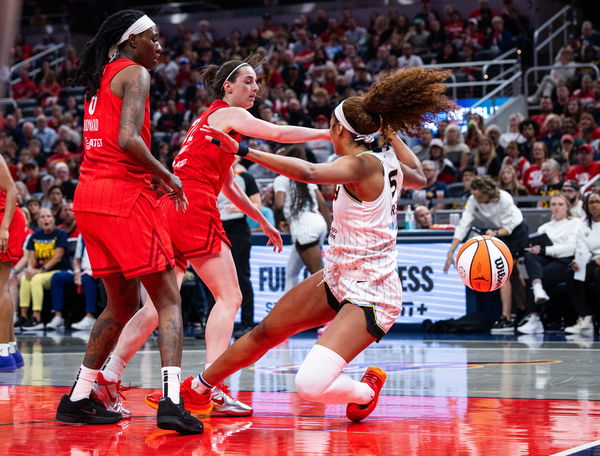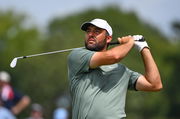

Caitlin Clark was a five-star recruit with a résumé that filled pages. But the first thing Lisa Bluder noticed wasn’t her scoring. “She didn’t really trust her teammates,” Bluder said of Clark’s freshman season. “She didn’t really understand them or think they worked as hard as she did, and it took time to build that up.” Clark’s instincts were to take over, not to collaborate, and that’s not how it worked with Lisa.
Watch What’s Trending Now!
In film sessions, Bluder often paused clips not to correct a missed rotation or decision, but to point out something subtler—Clark’s body language. If a teammate fumbled an entry pass or a play broke down, her arms would rise in frustration. At times, she’d stop running mid-possession or withhold a pass, subtly disengaging from the group. Bluder didn’t let that slide. She would replay those moments and talk through them with Clark.
Bluder had always relied on leadership books to shape her teams—titles like The Five Dysfunctions of a Team, The Team Captain’s Leadership Manual, and Pressure is a Privilege took proud place on her bookshelf. But the usual material wasn’t working. “She wanted to do everything herself,” Bluder said. That’s when her husband stepped in, handing her a copy of a book about Michael Jordan she’d already read.
ADVERTISEMENT
Bluder had read Phil Jackson’s 1995 book, Sacred Hoops years ago when she coached at Drake, but now, flipping through the pages, she began to see parallels between the way Jackson managed Michael Jordan and the challenges she faced guiding Clark. “The things that Michael Jordan had, that Phil had to help Michael with, were some of the same things that I feel like I had to help Caitlin with,” she later said.
Bluder grabbed a highlighter and began marking sections that spoke directly to Clark’s situation—passages about how Jackson handled Jordan’s perfectionism, the pressure he internalized, and how it isolated him from teammates. On road trips, Bluder would sit down beside Clark and hand her the book. “I want you to read this portion here,” she’d say. One such moment came during Clark’s junior year, when she expressed frustration that a teammate wasn’t working hard enough. Instead of agreeing, Bluder posed a question: “Well, did you invite them to come with you to the gym?” Clark hadn’t.
During Caitlin Clark’s time at Iowa, her coach, Lisa Bluder, found parallels between the experiences of her superstar and another generational talent: Michael Jordan.
Here’s what they took from Phil Jackson’s teachings to propel Clark to another level ⤵️https://t.co/hvOLjqUmst pic.twitter.com/XgOKOdeTD0
— The Athletic (@TheAthletic) July 10, 2025
ADVERTISEMENT
The book wasn’t just about how to lead, but also about how to endure when leadership becomes lonely. Clark was learning what Jordan had learned: that celebrity status isolates, and the only antidote is connection. Bluder leaned into Jackson’s idea of “selflessness as the soul of teamwork” and reminded Clark, “As the best player, you have to make your team better. You have to invest in them.” Slowly, Clark began internalizing the message. Bluder had long held her own version of Jackson’s “Circle of Trust”—a pre- and post-practice ritual where players shared openly, and now it clicked. Teammates then wanted to protect Caitlin, too. That shift was visible months later at the Final Four, when Clark—coming off a quiet 21-point performance—sat beside her teammate Hannah Stuelke and deflected praise.
Clark, coming off a quiet 21-point performance, sat beside her teammate Hannah Stuelke and deflected praise. “Hannah is tremendous,” Clark said, unprompted, before singling out Kate Martin, Gabbie Marshall, and others. “It’s not just me,” she added. “We wouldn’t be at this point right now if it was just one player.” Bluder, sitting beside her, didn’t say a word—but she didn’t have to. The book had done its job. The leadership wasn’t just theoretical anymore. Clark had started living.
ADVERTISEMENT
But leadership wasn’t the only lesson drawn from Jordan. As Clark’s profile grew and opponents resorted to physicality to contain her, Bluder had to teach her something even harder to control: emotional restraint.
Bluder Taught Clark That Violence Was Not The Answer
Caitlin Clark and physicality often go hand in hand in the WNBA. It is because she is getting fouled all the time. Last year, players fouling Caitlin Clark accounted for 17.1% (17.6%) of all flagrants. She even endured 178 personal fouls, which was the 4th most in the league. Bluder saw the same thing in college but recommended her to just go out her play on the court. “If you engage,” Bluder told Clark, “people are going to remember that about you.”
ADVERTISEMENT
And we can see the one time Clark slightly went over the line when she fouled Angel Reese early in the season. That foul made headlines over the fact that she had a triple-double in that game. Even then, she walked away from that situation when Reese came at her. Even in the Connecticut Sun game, when things got heated and Jacy Sheldon and Marina Mabrey fouled her, she never got physical. Clark did trash-talk the entire game, including that “F— You Three” over Sheldon, but she never crossed that line.

Imago
May 17, 2025; Indianapolis, Indiana, USA; Indiana Fever guard Caitlin Clark (22) fouls Chicago Sky forward Angel Reese (5) in the second half at Gainbridge Fieldhouse. Mandatory Credit: Trevor Ruszkowski-Imagn Images
“It’s fun to do once in a while,” Bluder said, “but if you have to do it every single day and once or twice a day, it gets old and that’s hard.” Clark was pretty hotheaded in her college days, and the fans who haven’t followed her since then think she is right now. She has cooled off in comparison. The point guard may have an odd moment or two, but the level of pressure and attention she is bound to go off the ‘ideal player’ role sometime or the other. And Clark has been in numerous situations in the W where she could have escalated the situation and would be right in doing so.
ADVERTISEMENT
Even then, she has turned a blind eye and focused on the game. Chennedy Carter put her on the ground last year out of nowhere and was only called a personal foul on the court. It was upgraded to a flagrant later, but Clark maintained her cool and went on to do what she does best. “Caitlin,” Bluder said, “you have to do the brunt of this. So did Michael. The great ones do.”
Top Stories
Ravens’ Lamar Jackson Demands Short-Term Contract Away From NFL on Thursday

‘RIP’: NASCAR World Crumbles in Tears as 39-YO Former JR Motorsports Driver Passes Away

NASCAR President Kicks Up ‘SRX’ Firestorm With Courtroom Claim Fans Refuse to Accept

Watch: Scottie Scheffler Left Stunned as the Ball Betrays Him

Yankees Offensive Free agency Ends Early as Cody Bellinger-Kyle Tucker Pursuit Ends Before Beginning: ESPN Insider

Who are Fernando Mendoza’s Parents? All about Elsa Mendoza and Fernando Mendoza

ADVERTISEMENT
ADVERTISEMENT
ADVERTISEMENT

